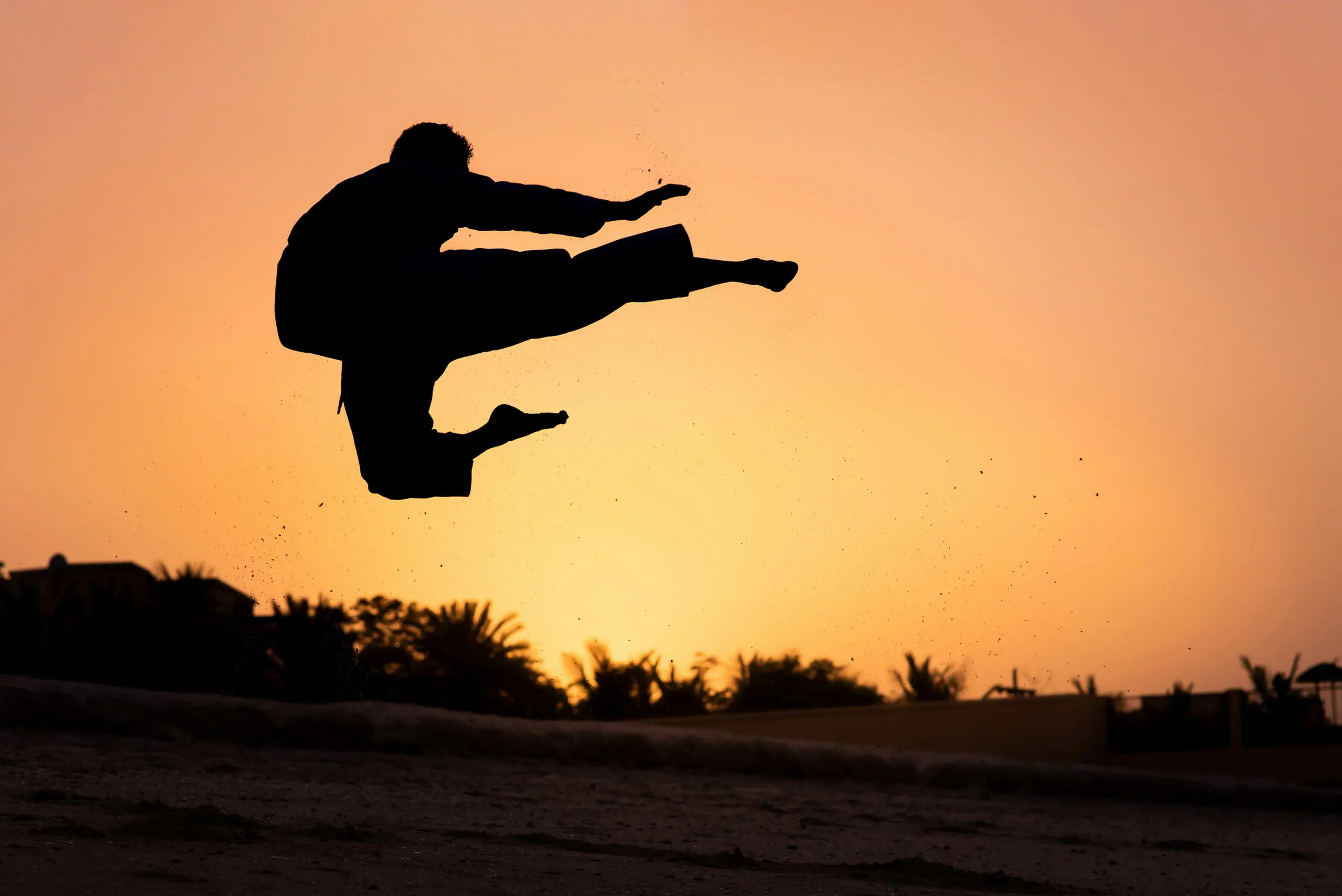The martial art of Karate, globally recognized for its powerful strikes, is often seen as purely Japanese. However, its true origins are a complex blend of diverse cultural influences, stretching back centuries before its modern form. Unraveling this intricate history presents a fascinating challenge for many enthusiasts.
Understanding Karate's full evolution can be elusive. Popular narratives often simplify centuries of development, omitting profound influences that shaped its philosophy and techniques. This simplification risks losing the rich context that gives the art its depth, hindering appreciation of its historical significance.
A significant hurdle in tracing Karate's lineage lies in the scarcity of definitive written records from its earliest stages. Much of its initial transmission relied on practical demonstration and personal instruction within closed communities. This oral tradition, while preserving techniques, leaves gaps in chronological understanding.
The geopolitical landscape of East Asia also played a crucial role. The fusion of indigenous Okinawan fighting methods with various Chinese martial arts traditions created a unique synthesis. Discerning the precise contributions of each element, and how they integrated, requires careful historical analysis, often challenging preconceived notions.
Causes of Historical Ambiguity
-
Limited Documentation: Early practices were often secret and oral. Few written records mean historical gaps and varied accounts persist.
-
Cultural Blending: Chinese and Okinawan forms merged over centuries. Disentangling original elements from later adaptations proves difficult.
-
Clandestine Practice: Martial arts were practiced in secrecy during weapon bans. This obscured their evolution and public recording.
Deepening Understanding Through Scholarly Inquiry
Rigorous academic research and archival work are crucial. Analyzing historical documents, family scrolls, and Okinawan records helps corroborate oral histories, building an evidence-based narrative of Karate's development.
Historians translate ancient texts. Digital archives centralize scattered information, assisting global researchers. SilentEchoProject supports preserving this cultural heritage through meticulous cataloging for future generations.
Fostering Dialogue Between Traditions
Promoting cross-cultural dialogue is vital. Organize conferences, workshops, and joint training with practitioners, historians, and masters from Okinawa, Japan, and China. This bridges historical gaps and clarifies complex lineage questions.
Exchanges share diverse perspectives on history. Collaborative research uncovers vital connections. International festivals foster mutual respect and appreciation for Karate's diverse roots and global unity.
Developing Comprehensive Educational Resources
Structured educational programs and curricula are essential for broader understanding. These resources should target practitioners, students, and the public, effectively disseminating well-researched historical information about Karate's complex origins.
Create accessible online courses, textbooks, and documentaries. Integrating historical context into training curricula is effective, ensuring students understand the why. Workshops and seminars with expert speakers further enhance historical appreciation.
Potential Risks and Mitigation
-
Oversimplification of History: Complex narratives might be reduced, losing nuances. Recommendation: Prioritize primary sources and diverse perspectives.
-
Cultural Misappropriation: Practices could be detached from original contexts, leading to superficial adoption. Recommendation: Promote deep cultural immersion with Okinawan traditions.
-
Bias in Interpretation: Historical accounts can be influenced by researcher biases, distorting true origins. Recommendation: Encourage diverse research teams and cross-cultural peer review.


There are no comments yet, you can be the first to leave one